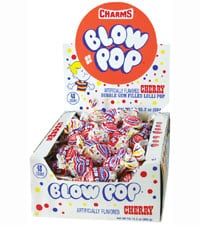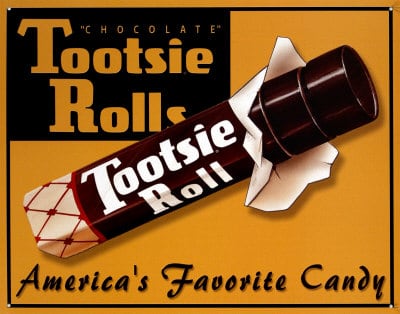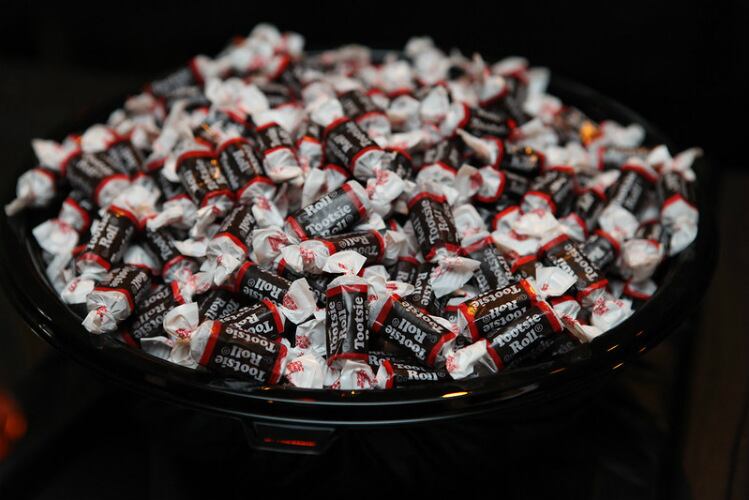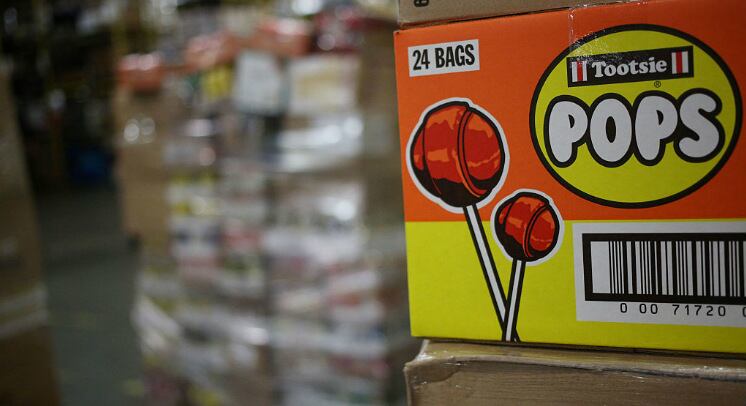Net sales neared $182m for the quarter, up less than a quarter of a percent from last year at this time. Sales through three quarters grew at a similar clip, having increased by $966,000 to $389m so far in 2019 compared to 2018.
Earnings showed a brighter spot, gaining 12.5% to nearly $30m. Last year’s third-quarter earnings hovered around $26m. Shareholders benefited from a 15% boost in earnings per share, from $0.40 per share to $0.46.
Through nine months, earnings grew 11% to more than $50m, with per-share earnings up 13% so far this year versus 2018.

“Successful pre-Halloween marketing and sales programs contributed to this increase in 2019,” said chairman and CEO Ellen R. Gordon, referencing the positive sales, adding, “The timing of certain sales…also had an unfavorable impact in 2019 when compared to the corresponding periods in the prior year.”
International sales have suffered, she admitted, due in part to currency translation.
Efficient plants, higher prices
Gordon also pointed to higher price realization in the third quarter as a boon, plus investment in improving manufacturing efficiency and other ‘cost containment programs.’
Last year’s sales dipped after Tootsie added packaging lines, which caused “operational inefficiencies as well as unfavorable experience from self-insurance programs,” she continued.
Tootsie “is continuing its investments in its plant manufacturing operations to meet new consumer and customer demands, achieve quality improvements, and increase operational efficiencies.”
Tootsie Roll, est. circa 1890
Leo Hirschfeld, an Austrian who emigrated to New York City, made the first Tootsie Rolls in the 1890s, according to the Encylopedia of Chicago.

Three decades later, he changed the company name to Sweets Co. of America, which produced the candies in New Jersey. The confectioner hit financial woes in the 1930s, leading William Rubin – at the time head of his family’s paper box business, which sold packaging to Sweets Co. – to scoop a block of shares. As the New York Times reported in his obituary (he died in 1977), Rubin eventually took over, serving as company president from 1948 to 1962.
Renamed again Tootsie Roll Industries in the late 1960s, the confectioner became one of the industry’s 10 largest during Rubin’s tenure. He also moved its headquarters to Chicago’s industrial southwest side, where 900 employees worked.
Melvin and Ellen Gordon, Rubin’s son-in-law and daughter, took the reins in Chicago.
In 1988, Tootsie bought Charms Company, the iconic lollipop maker – ultimately pushing annual sales to $200m and up to $400m at its heyday in the 1990s.
By that point, the confectioner employed 1,700 people – making Tootsie’s classic chewy treat, as well as Charleston Chew, Dubble Bubble, Blow Pop and Dots, plus Andes and Junior Mints – before sales flattened as the 21st century rolled around.
Investors believe Tootsie Roll Industries survived the Great Recession relatively unscathed, but as costs rise and revenue stagnates, future performance could waver. CEO Ellen Gordon owns a majority of shares.


